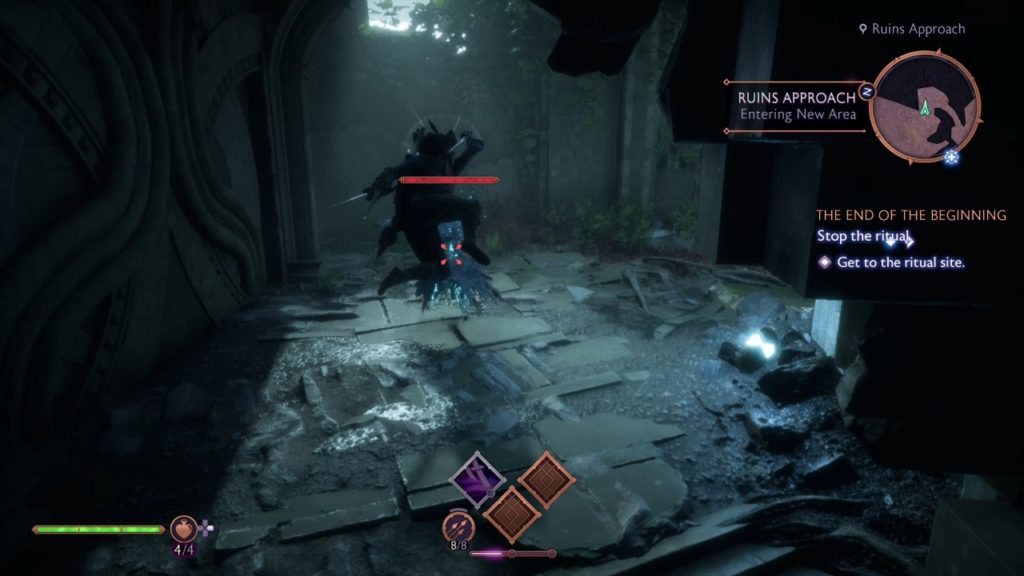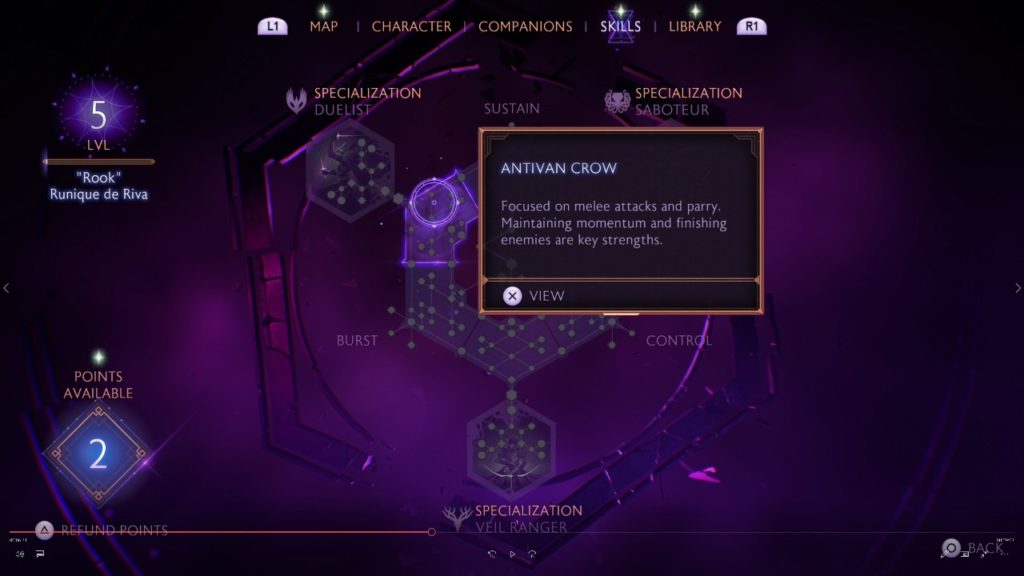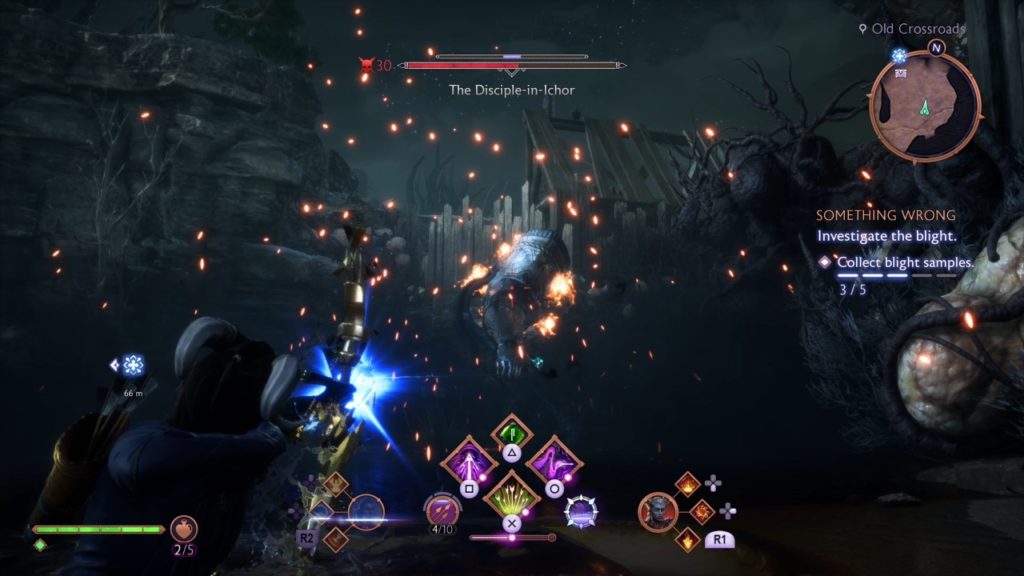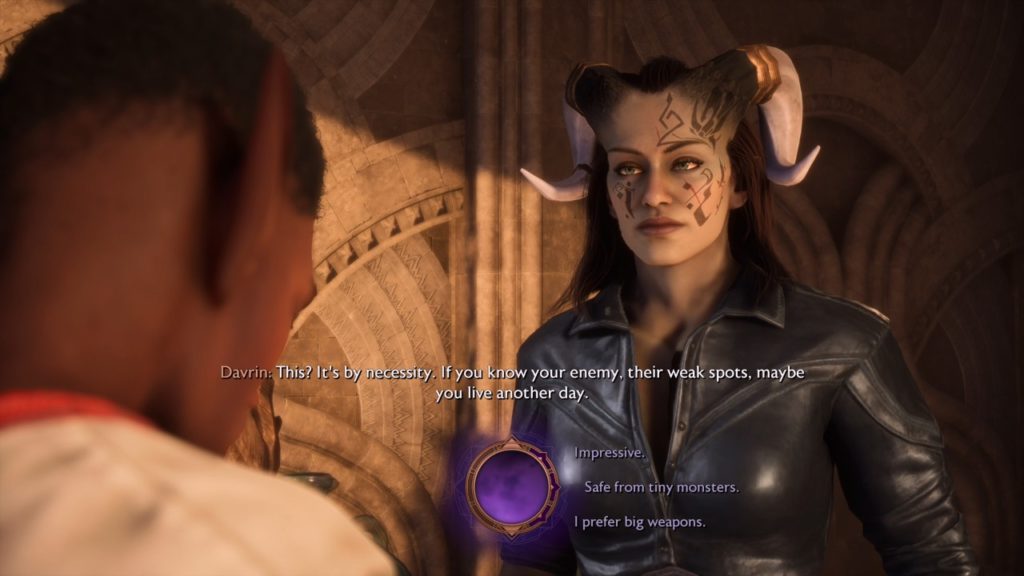Dragon Age: The Veilguard review
I’ll admit before we start that I didn’t go into Dragon Age: The Veilguard expecting new BioWare to match old BioWare for quality. It has been a long time since Dragon Age: Inquisition and, well, we had Mass Effect Andromeda and Anthem in the intervening years. But having spent time with Rook, Varric, and co., I’m happy to report that The Veilguard feels like BioWare coming home.
A few caveats, though. For a start, the fact that this is a new, largely younger writing team is evident throughout. While the story is strong and the characters well-rounded, some of the dialogue, situations, and reactions feel jarringly anachronistic. Where characters like Lucanis deliver their lines with a baroque brogue, many characters like Neve and Taash – and particularly Rook – talk like it’s 2024 and it can feel out of place. That said, like Baldur’s Gate 3 last year, Dragon Age: The Veilguard flies the flag for inclusivity, not afraid to touch on sensitive, modern topics without heavy-handedly forcing them into the spotlight.

As expected from BioWare, Dragon Age: The Veilguard is narrative-heavy, and wonderfully cinematic. Action set-pieces roll into and out of cutscenes fairly smoothly, always keeping your protagonist, Rook, at the centre of it all. Hired by series mainstay Varric to help stop Solas, the Dread Wolf, from performing a ritual that will destroy the Fade (along with half of Thedas), Rook is an entirely customisable character. You can choose race, gender, and class from either Fighter, Rogue, or Mage, which splinter into a total of 9 specialisations later. Not only this, but you’ll need to select a background from one of the seven main factions, including the Grey Wardens, necromantic Mourn Watchers, and the shadowy, stabby Antivan Crows (my choice, as I went with Rogue).
Each of these backgrounds affects how certain quests will play out and how certain characters will see you. As each of your companions belongs to one of the factions, this can also affect how they act and respond around you, having an influence on relationships, romance, and how they perform in a fight. It’s nothing “new” in 2024, but the way these relationships interweave across the non-linear, optional parts of the narrative is still impressive. You can also adjust the world state to reflect how you left it in Inquisition, even influencing the appearance of certain cameos who pop up throughout the story. What begins fairly simply is soon a race against two ancient Elven Blight gods, and it’s a conflict that involves people in all corners of Thedas.
Characterisation is important in Dragon Age: The Veilguard. Once you have unlocked all the companions (which you should manage in the first dozen hours or sooner), you can choose who accompanies you on most quests and story missions. In combat they all have different styles, though some spells and abilities overlap. Several have a variation of a Healing spell, for example, so you won’t always feel forced to bring that one character that can keep you alive. Some abilities are listed as Primers, and others as Detonators, so learning in which rotation to activate your allies’ skills is integral to survival.

More than this, though, the characters have satisfying depth and nuance to their personalities. Harding and Bellara, for example, are both idealistic and kind-hearted, but where Harding has seen some shit and it shows, Bellara is more optimistic and innocent. Likewise Davrin and Taash, the tanks of the group, have drastically different backstories and issues to deal with. Then there’s Emmrich and Neve, your primary magic-users, one a charming old Necromancer, the other a street-smart private investigator for the Shadow Dragon faction. And finally Lucanis, who might be my favourite, a demon-possessed badass who pounds coffee all day to stay awake and keep his passenger at bay.
Interactions with the group either together or as individuals drive the story forward, flesh out their histories, and allow you to give them gifts, back or oppose their ideologies, and, crucially, make you care about each of them and their place in the world. There just aren’t many games made like this anymore that put as much of a focus on telling a coherent, layered story as delivering engaging action and exploration.
You’ll spend a fair amount of time in the Lighthouse, a ruined fortress hidden in the Fade, where you’ll communicate with certain characters to move the story on, change your appearance, dig up secrets, and use the Eluvian network to travel to different semi-open-world areas via the Crossroads. Each area has its own share of quests and side concerns, but can also be fully explored to solve puzzles and uncover hidden loot. BioWare waste little real estate, and usually if there’s a place you can reach, a ledge you can jump to, or a side door you can open, there’ll be something in it worth getting.

Loot is colour-coded, and upgraded either by visiting an NPC in the Lighthouse or by acquiring another version of the same item. Duplicates don’t clog your inventory but instead upgrade their counterparts, moving them up through the colours from grey, green, and blue, to purple and gold. As you upgrade items, more affixes become active, while unique red-coded items are usually incredibly powerful but often have negative effects that force you to consider their use. The Veilguard throws a lot of loot at you, not just for Rook but for your companions, too. Armour, weapons, trinkets and keepsakes boost stats, increase your potion tally and how many revives you have before needing to reload a save, or simply increase and decrease elemental damage and resistance.
Standard elemental damage rules apply for Fire, Chill, Shock, and Necrotic (poison), while you can also inflict status ailment Primers such as Weakened, Sundered, and Overwhelmed, which can be detonated by the corresponding skills and abilities. You’ll also acquire a dagger, which can be equipped with three Runes on a cooldown, further customising your build and affording temporary buffs to you or your party. The comprehensive skill trees let you spend points to improve Rook’s abilities, while the companion’s have smaller, but similar trees. Respeccing them is free, too, so you’re able to experiment within your class.

While The Veilguard is arguably at its best while you’re moving through the world and interacting with the characters and factions, the combat is no slouch. The Rogue is lightning fast with dual blades, or can be specialised as a long-range combatant, or a crowd control master. The Fighter can focus on survivability or damage output, holding threat to keep enemies focused, and the Mage is able to mix and match status ailments for sustained lethality and area-of-effect damage. Each character also comes with their own traversal ability, such as Neve being able to freeze switches, or Davrin calling on his griffon to nuke Blight boils and clear the way. Without them, Rook can perform the actions with a dagger, but using the characters helps deepen their bonds.
Occasional issues with dialogue layering do shake the immersion, though. Your party members will interact with each other and Rook, but if they’re interrupted by combat or another conversation, they’ll restart the whole exchange. In a busy area, this becomes infuriating quite quickly. There’s so much going on all the time, and this goes for combat as well. Some of the boss fights, particularly the optional fights against Darkspawn Champions, take place in enclosed areas, and it can be difficult to see what’s going on or get a moment to breathe or think. And you will wrestle with the camera from time to time, too.
Some beautiful, detailed environments and impressive cutscenes bring Thedas to life in the way you’d expect from this franchise. Dragon Age: The Veilguard has a slightly less grim art syle (characters aren’t usually covered in blood after a fight), but it’s still unmistakably Dragon Age in the armour, weapon, and enemy design. There’s still a maturity to it, even though there are plenty of nods and easter eggs to previous games and other properties throughout.
Despite a few visual glitches and some issues with the sound design and camera, Dragon Age: The Veilguard is just a really good time, plain and simple. It can be as fast-paced or as meandering as you like, with an abundance of side quests and extra-curricular activities to get on with, but the story delivers where it counts. It maintains the franchise’s usual throughlines of shadowy guilds and evil darkspawn, noble heroes and fascist mages, but brings it all up to date in ways that hit more often than they miss. I lost hours exploring the various biomes with my allies and hunting for rare treasures, and I’m already looking forward to re-rolling my choices and doing it all again.




